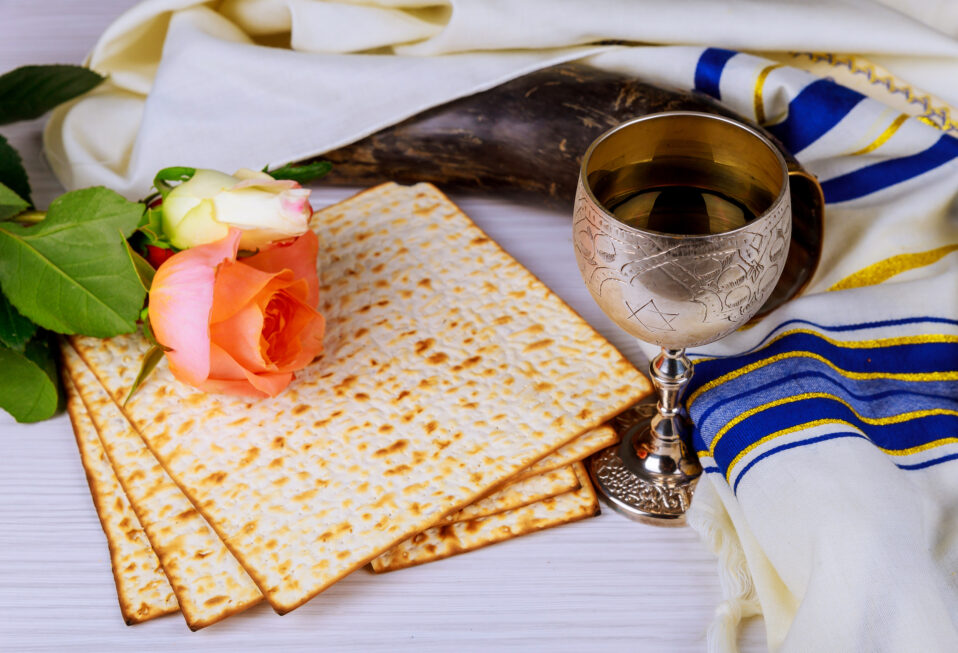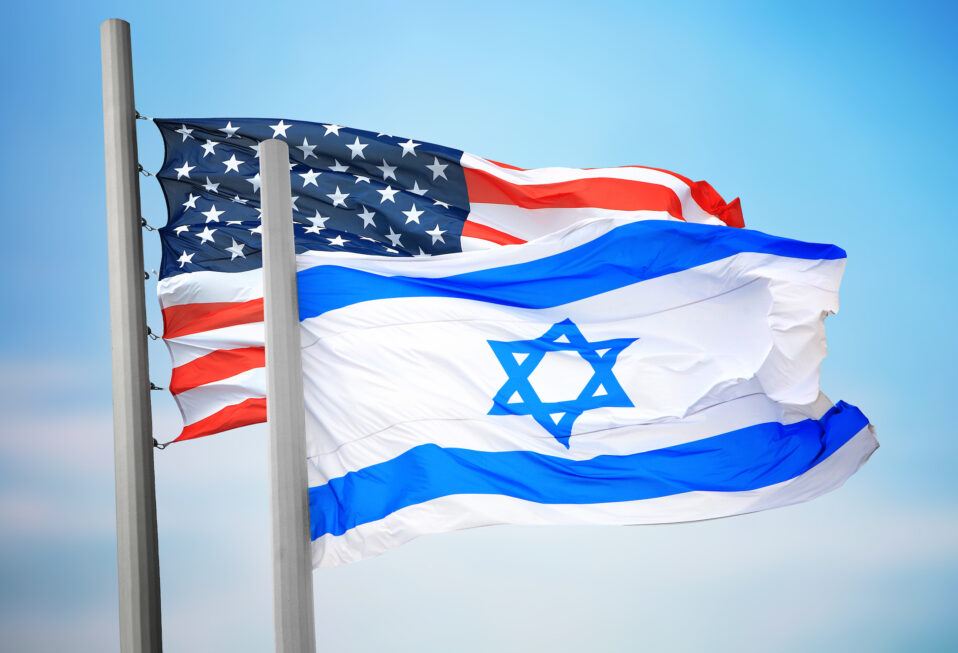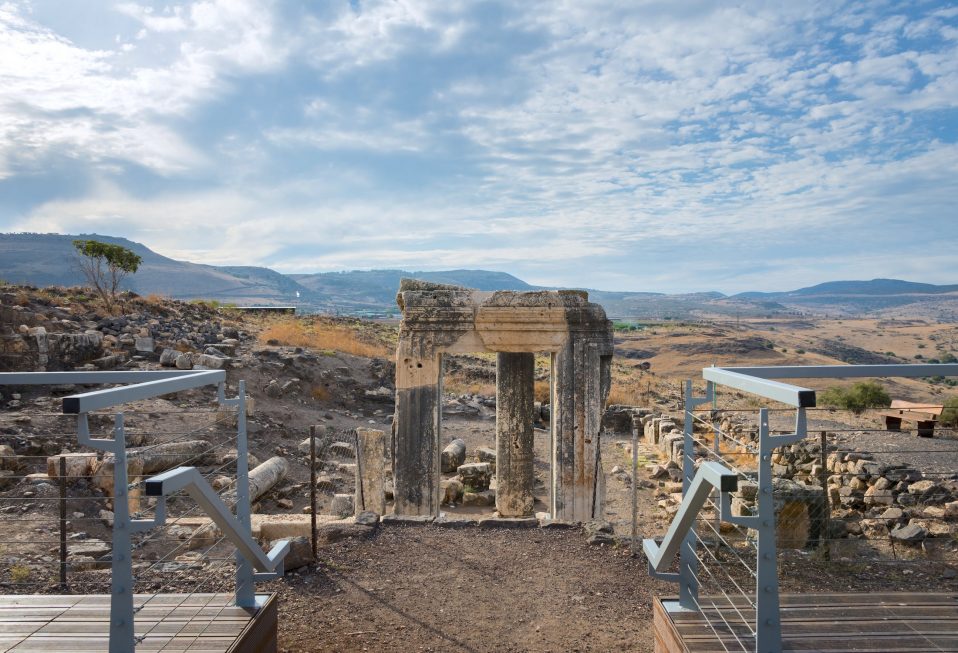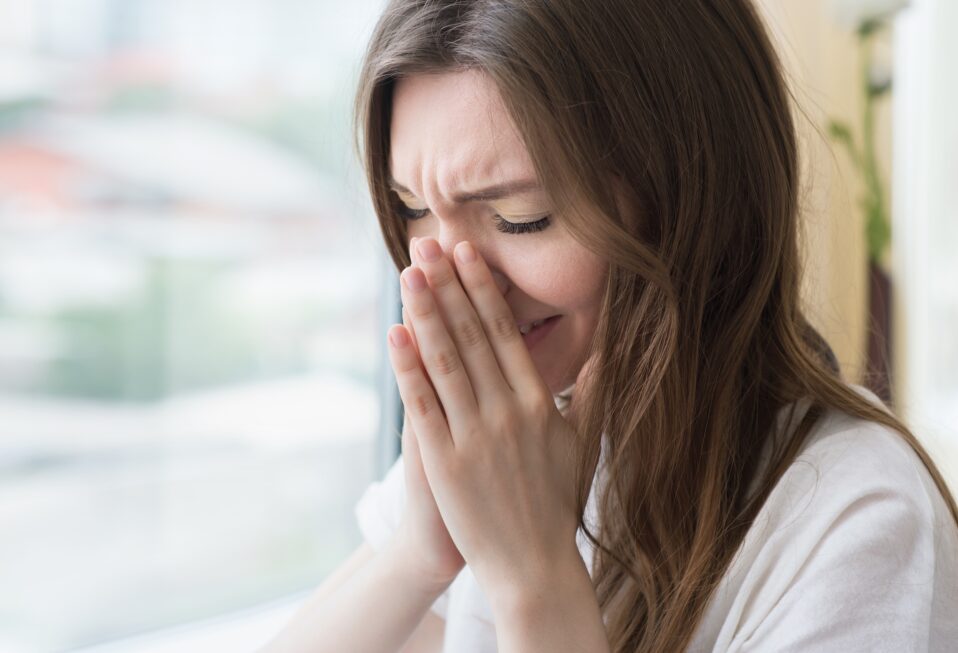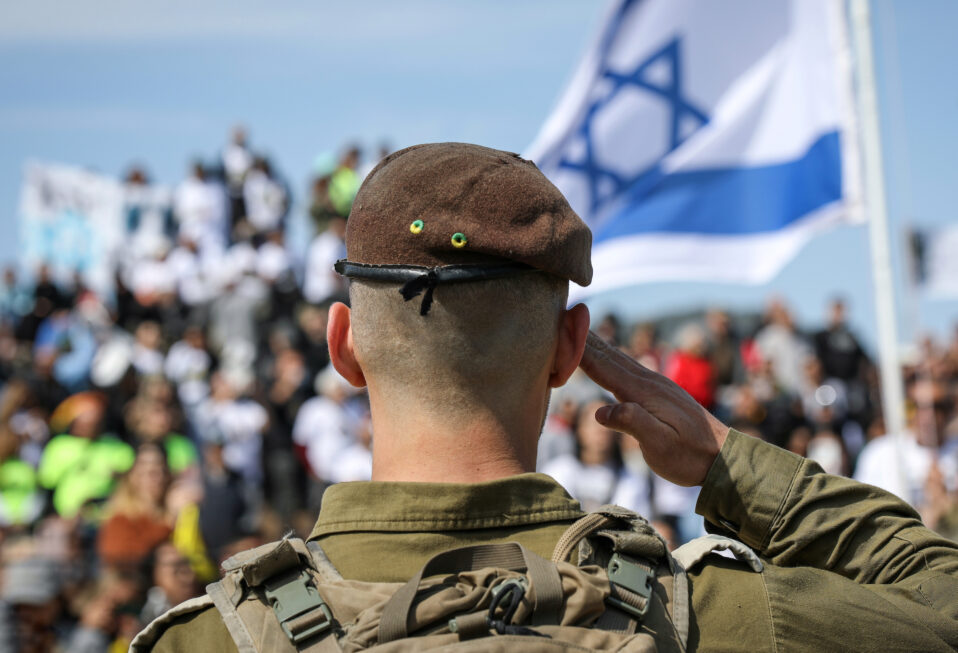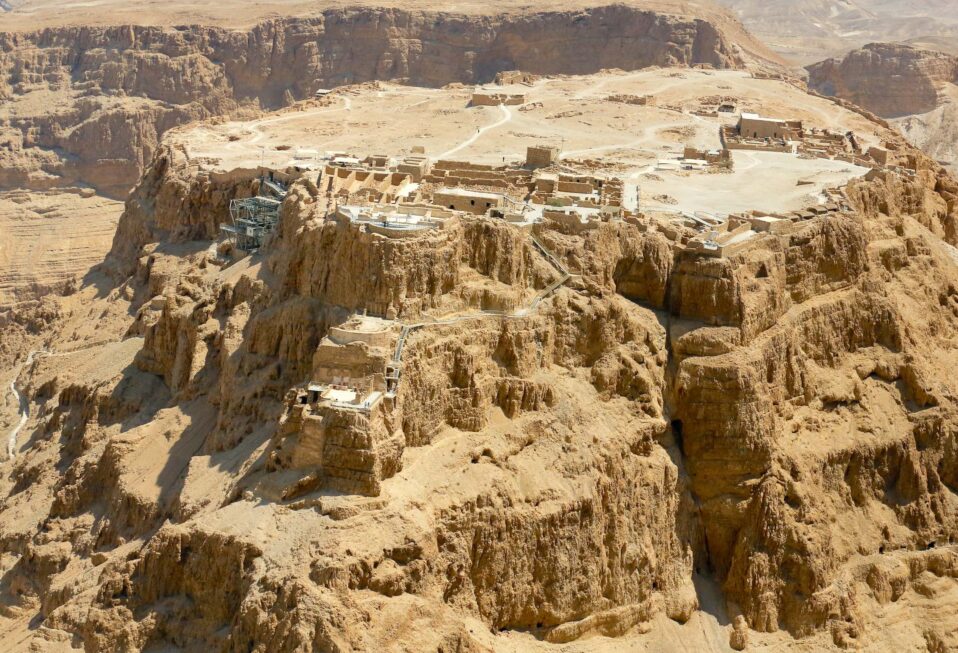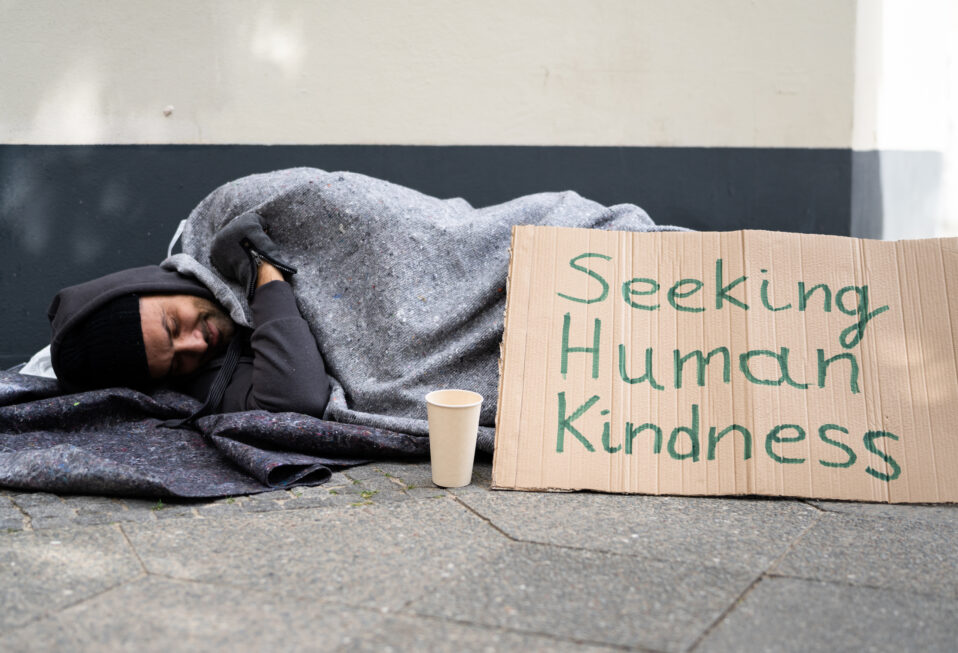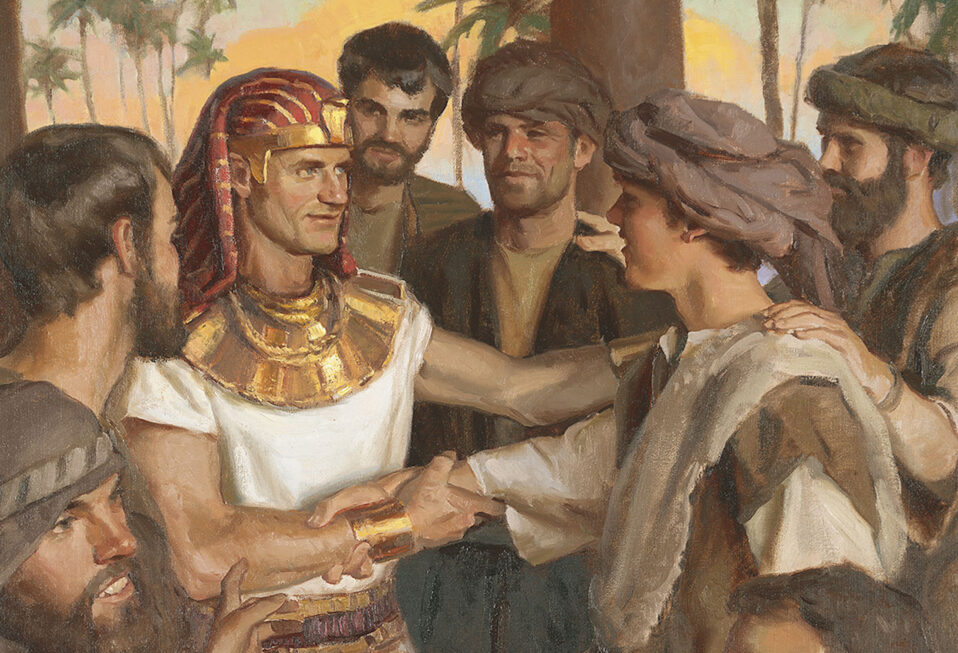By Arlene Bridges Samuels
It is time to take a factual refresher course using an age-old question asked of children at the dinner table and on playgrounds: Who did what—who started the bullying? It’s time, because violations between nations require the same investigative questions, followed by enacting common-sense consequences.
Here’s a 2005 fact: Israel unilaterally withdrew 8,000 Jewish citizens from Gaza, forcing them to abandon their homes and businesses. This painful but generous decision in effect gave Palestinians land to found a state. In 2007, Palestinians voted in favor of Hamas rule. Instead of creating a Palestinian state, Hamas created the largest terror enclave in the world—constructing 300 miles of tunnels and firing rockets into Israel day and night for years.
Facts About Hamas Ceasefires
Leading up to October 7, Hamas and Israel had agreed to a ceasefire. However, the terrorists are notorious for their violations. Hamas makes an agreement and then ignores it. Any such promise is nothing but words and lies. In 2014, for example—during Israel’s Operation Protective Edge—Hamas broke the ceasefire by killing two soldiers and kidnapping a third, Hadar Goldin. Hamas still holds the remains of Goldin’s body today, 10 years later! Time has shown that Hamas’s ceasefires with Israel merely set the stage for more violence. For years, Hamas has launched thousands of rockets toward Israelis and attempted to infiltrate and murder them—with body cams triumphantly adding horror to their barbaric resume after the October 7 attacks.
Hamas is outrageously untrustworthy. Any leader calling for a ceasefire disregards a long resume of evil in hiring Hamas to re-arm and restart its murderous rampages.
Facts Post-October 7
Beautiful spring flowers still bloom in the land of milk and honey, initially cultivated by Jews more than 100 years ago. Yet the Holy Land—inhabited by its rightful owners and further developed after its 1948 modern founding—is suffering. Non-natives never cared about the land. Although Israelis are amazing and resilient, the deep, ongoing trauma also resides in their minds and hearts.
Jewish traumas stemming from October 7 run as deep as Israelis process the unspeakable barbarity of that day. As they brace for the next ordeal, they cannot forget the hostages imprisoned by violent terrorists. Just the mention of a two-state solution creates even more trauma for Israelis. Israel has been there and done that … many times.
The solution: Cut off the head of the poisonous Islamic snake—Iran. This serpent and its offspring will keep slithering until this evil is decapitated. The Shi’ite Islamist theocracy poisons its own population, which longs for freedom. If you understand the desperation of the wonderful Persian people also suffering traumas, you can grasp what the world would look like if the Iranian snake ruled the world in an oppressive, reincarnated caliphate.
Facts About the “Iranian Embassy”
Most world media reported that on April 1, the Israeli Air Force bombed the Iranian Embassy in Damascus, Syria. This is inaccurate. The Iranian Embassy still stands and is open. Instead, the Israelis’ airstrike destroyed another building—an annex next door to the embassy serving as a base for the Iranian Revolutionary Guard Corps (IRGC). Iranian leadership called the embassy a consulate, which was also misleading; consulates are branches of an embassy and are located elsewhere. The annex was given a diplomatic name—because if any embassy or consulate is attacked, that strike is considered a direct attack on a country. These deceptive name changes gave the Islamic Regime excuses to avenge seven IRGC members for the Israeli airstrike on Iran’s embassy.
Why did Israel launch an airstrike on Damascus? Israel had accurate intelligence that a senior Quds Force commander of the IRGC, Brigadier General Mohammad Zahedi, was the point-man for Hamas’s October 7 invasion of Israel. Zahedi and seven other IRGC officers were in the annex during the airstrike. In other words, justice was served with accuracy from the nation of Israel defending its people from evil. The Jerusalem Post reported that the Coalition Council of Islamic Revolution Forces, closely aligned with Ayatollah Ali Khamenei, praised Zahedi for his “strategic role in forming and strengthening the resistance front as well as in planning and executing the [October 7] Al-Aqsa Storm.” This admission was significant since the Ayatollah had denied any involvement with October 7.
April 14, 2024, is the first time Iran attacked Israel since its modern founding in 1948. In fact, a positive relationship had existed between Iran and Israel until the Shia Islamic Regime took over in 1979. Another first: The entire airspace in the Middle East was empty, allowing Israel’s F-35 aircraft to operate. The U.S. military stated that most of the 100-plus ballistic missiles Iran fired were shot down by Israel.
Former President Trump’s leadership in enacting The Abraham Accords in 2020 increased defense cooperation among partners that help deter enemies of the United States, the United Arab Emirates, Morocco, and Bahrain—Iran key among those enemies. Iran’s attack from its own soil is the first time that the Abraham Accord signatories had an opportunity to cooperate with intelligence, security, and any actions necessary to deter Iran. Former President Trump deserved a Nobel Peace prize. The Times of Israel reported that Iran’s April 14 attack included 170 drones, 30 cruise missiles, and 120 ballistic missiles—99 percent of which were intercepted by air defenses. According to the IDF’s top spokesman, Rear Admiral Daniel Hagari, “All the drones and cruise missiles were downed outside of the country’s airspace by the Israeli Air Force and its allies, including the United States, United Kingdom, Jordan, France, and others.”
Nevertheless, those calling for Israel to use restraint don’t realize that would not be a victorious approach to vanquishing evil. Rather, Israel must behead the Islamic snake. My questions at the beginning were: “Who did what—who started the bullying?” The bully is Iran, the biggest terror bully on the globe. World leaders must back off telling Israel it has won a victory. Israel’s accomplishments thus far are fantastic, yes—but stopping at this point will not stop a bully. At some point, Israel, the United States, and their allies must finish the job and end Iran’s poisonous influence on its citizens, Israel, and the world.
In the meantime, beware. The Islamic Regime’s propaganda spreads into every crevice of naïve minds. At this moment in world history, it is our responsibility to pray and consult trustworthy media sources. Here are a few: The Jerusalem Post, Times of Israel, CBN Israel, CBN News, All Israel News, Erick Stakelbeck on TBN, Amir Tsarfati’s Behold Israel on Telegram, and Christian organizations you trust such as The International Christian Embassy Jerusalem and Israel Allies Foundation.
Join our CBN Israel team this week to pray using God’s wonderful promise in Isaiah 31:5—“Like flying birds, so the LORD of Hosts will protect Jerusalem. He will protect and deliver it; He will pass over and rescue it.”
Prayer Points:
- Pray that world leaders will respect Israel’s sovereignty for victory over Iran and its surrogates.
- Pray that the Biden administration will renew sanctions against the Islamic regime.
- Pray that Israel will eliminate Iranian nuclear and drone sites.
- Pray that world leaders realize that Israel’s fight for freedom is a fight for all free nations.
- Pray for Israel’s victories against Gaza, Iran, Hezbollah, the Houthis, and Iraq.
Arlene Bridges Samuels pioneered Christian outreach for the American Israel Public Affairs Committee (AIPAC). After she served nine years on AIPAC’s staff, International Christian Embassy Jerusalem USA engaged her as Outreach Director part-time for their project, American Christian Leaders for Israel. Arlene is an author at The Blogs-Times of Israel and has traveled to Israel since 1990. She co-edited The Auschwitz Album Revisited and is on the board of Violins of Hope South Carolina. By invitation, Arlene attends Israel’s Government Press Office Christian Media Summits. She also hosts her devotionals, The Eclectic Evangelical, on her website at ArleneBridgesSamuels.com.


